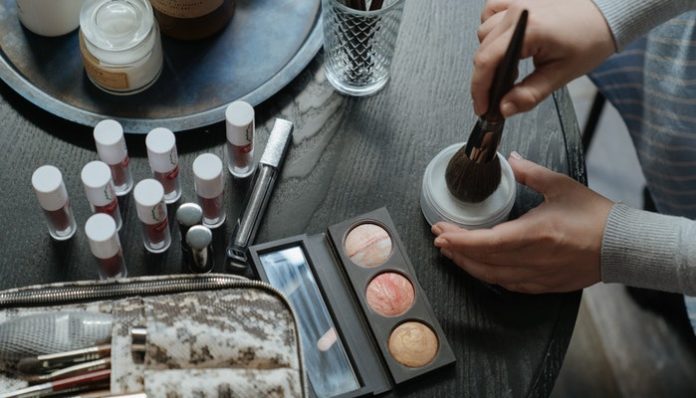
The market for beauty products continues to evolve. Customers are looking for products that perform as promised and want to make sure the items are safe. Companies in the beauty and cosmetic industry have refined their output and manufacturing processes to meet customer demands. Here are four ways beauty items are safer than ever in 2022.
1. Cleaner Ingredients
One of the ways cosmetic and beauty products improve their offerings’ safety is by using cleaner ingredients. Some companies use only all-natural inputs in their manufacturing. Other businesses use organic ingredients. Farmers cultivate these inputs without the use of fertilizer or other unnatural items to promote growth. Natural and organic ingredients typically have been through less processing and are less likely to irritate the user.
During the processing of these ingredients, companies need to minimize the chemicals used. Manufacturers eliminate the need for chemicals in production by using an industrial sifter. Manufacturers often use harsh chemicals to clean ingredients before compilation in a finished product. Industrial sifters can eliminate impurities and unwanted byproducts from elements without the use of artificial cleaning agents.
2. Healthy Additives
Another way the beauty industry is making its offerings safer is by incorporating ingredients that have demonstrated health benefits. One key element added to many cosmetic items is sunscreen. Dermatologists recommend the daily use of sunscreen to reduce the risk of skin cancer. Adding this protective component to makeup, face cream and body lotion makes these products safer for customers to use.
Protective ingredients are not just limited to sunscreen. Other types of protection sought by buyers include components that safeguard from germs, bacteria, viruses, pollution and blue lights.
Other healthy additions to products include vitamins and minerals. Your skin needs vital nutrients to stay critical and robust. Consumers have added the health of their skin as an essential focus for their beauty goals. Manufacturers have responded by adding items proven to improve skin health from the layers beneath the surface.
3. Inflammation Reducers
Many beauty product users worry about Inflammation because it can damage the skin, especially if they use the underlying inflammatory agent continually. Many companies focus on removing elements to their offerings that are known to cause inflammation. Some of these products were popular in the past, such as harsh scrubs or acid peels. However, many consumers no longer want to risk the outcome of a stripping down of the skin and its essential barriers.
Facial and body cleansers have typically contained ingredients designed to clean that can strip essential oils and nutrients from the skin. Makers of beauty cleansers incorporate components that are not as harsh as used in the past. Some new trends include the use of enzymes to foster gentle skin exfoliation. Other products are making use of amino acids for cleansing as these aid in the production of collagen.
4. Hygienic Packaging
The safety of products can be compromised by poor packaging. Application of cosmetics and face creams require getting the product out of the bottle and onto the skin. If the package does not include an appropriate applicator, customers may use their hands to apply the product. This can cause the introduction of bacteria into the container, where germs can breed to make the item unsafe for use. Companies are manufacturing more items considering how a person will use them. Better applicators have been added to offerings that allow the substance to remain as hygienic as possible.
Manufacturers of beauty products continue to look for ways to make their items safer for consumers to use. The market demands it, and the companies with the best safety record will have a competitive advantage.
Photo by cottonbro via Pexels


















For example, plant a row of Easter lilies along the front of your house as long as they’ll get some sunshine throughout most of the day.
Your plant will grow the best in nutrient-rich, moist soil. Run your fingers through some of the soil in your yard to determine what type you have.